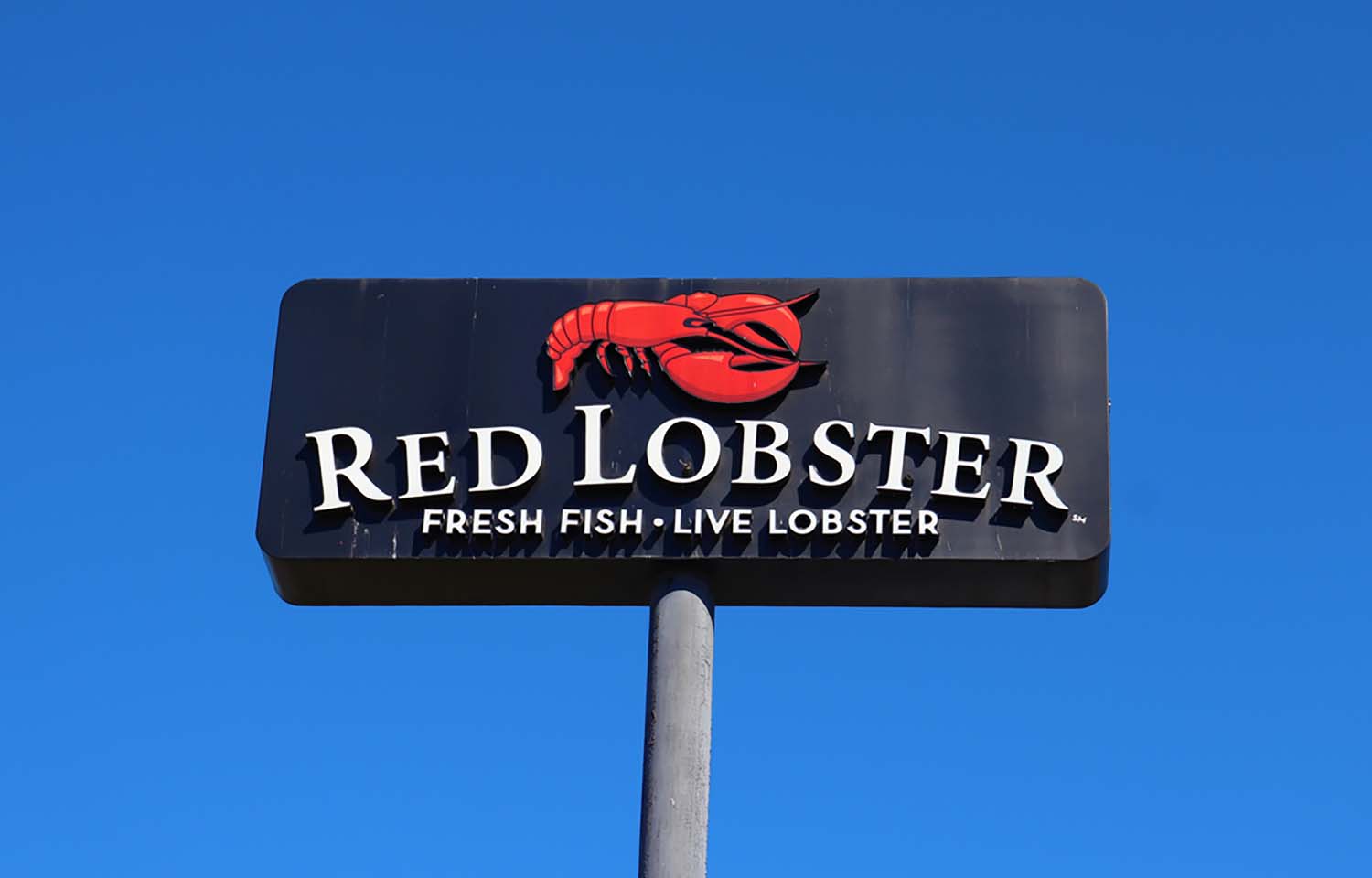Orlando, Florida, U.S.A.-based restaurant chain Red Lobster abruptly closed dozens of restaurants across the U.S. on 13 May.
The troubled restaurant operator, formerly partially-owned by food company Thai Union Group, close 48 of the approximately 650 locations it operates.
The closures, taking place across 21 states, were so abrupt that some Red Lobster employees showed up to work and found signs in restaurant windows stating that their employers’ locations had closed and they were out of work, according to news reports.
Following the closure announcement, Rochester, New York, U.S.A.-based facility and equipment solutions provider TAGeX Brands announced it is launching the largest restaurant liquidation process in its history, selling off equipment and other assets within certain soon-to-close locations.
“The furniture, fixtures, and equipment from select Red Lobster locations must go! We're handling this closure differently than we have in the past with each auction having a single winner for the listed items from the location they bid on,” TAGeX said.
Red Lobster has incurred significant losses in recent years, stemming originally from Covid-19 restaurant closures. Thai Union bet on a bounceback in the chain’s performance by increasing its investment in the brand in 2020 but, after continuous periods of poor performance, the company announced it would pursue an exit from its strategic partnership and minority investment in Red Lobster Master Holdings earlier this year.
More recently, Red Lobster has reportedly been weighing filing for bankruptcy or looking for a buyer.
Red Lobster executives have sought advice from Atlanta, Georgia, U.S.A.-based law firm King & Spalding as they consider filing Chapter 11 bankruptcy, Bloomberg reported. The struggling restaurant chain is considering the filing to “shed some long-term contracts and renegotiate a swath of leases.”
The chain has also been behind on paying suppliers for months, recent reports have found, paying suppliers an average of 48 days past payment due dates in March.
“Just imagine how that could affect the restaurant chain’s suppliers. If they have net 60 or net 90 payment terms, it could be well over four months before they see their first invoice paid by Red Lobster,” credit report information service Creditsafe said, according to FSR Magazine. “It’s also worrying that the company’s DBT has been so volatile and spiked drastically multiple times. This shows the company may not have done the necessary cash flow forecasting to protect itself from potential losses, revenue declines, and challenging market conditions.”








